I googled this issue for last 2 weeks and wasn't able to find an algorithm or solution. I have some short .wav file but it has MULAW compression and python doesn't seem to have function inside wave.py that can successfully decompresses it. So I've taken upon myself to build a decoder in python.
I've found some info about MULAW in basic elements:
So I need some guidance, since I don't know how to approach getting from signed short integer to a full wave signal. This is my initial thought from what I've gathered so far:
So from wiki I've got a equation for u-law compression and decompression :
So judging by compression equation, it looks like the output is limited to a float range of -1 to +1 , and with signed short integer from –32,768 to 32,767 so it looks like I would need to convert it from short int to float in specific range.
Now, to be honest, I've heard of quantisation before, but I am not sure if I should first try and dequantize and then decompress or in the other way, or even if in this case it is the same thing... the tutorials/documentation can be a bit of tricky with terminology.
The wave file I am working with is supposed to contain 'A' sound like for speech synthesis, I could probably verify success by comparing 2 waveforms in some audio software and custom wave analyzer but I would really like to diminish trial and error section of this process.
So what I've had in mind:
u = 0xff
data_chunk = b'\xe7\xe7' # -6169
data_to_r1 = unpack('h',data_chunk)[0]/0xffff # I suspect this is wrong,
# # but I don't know what else
u_law = ( -1 if data_chunk<0 else 1 )*( pow( 1+u, abs(data_to_r1)) -1 )/u
So is there some sort of algorithm or crucial steps I would need to take in form of first: decompression, second: quantisation : third ?
Since everything I find on google is how to read a .wav PCM-modulated file type, not how to manage it if wild compression arises.

